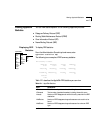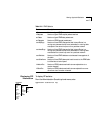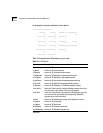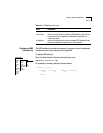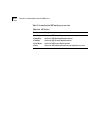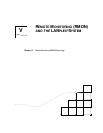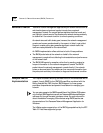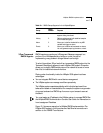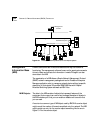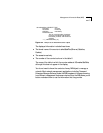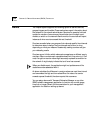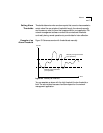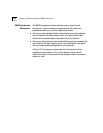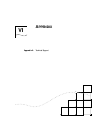
13-2 CHAPTER 13: REMOTE MONITORING (RMON) TECHNOLOGY
Benefits of RMON Traditional network management applications poll network devices such as
switches, bridges, and routers at regular intervals from a network
management console. The console gathers statistics, identifies trends, and
can highlight network events. The console polls network devices constantly
to determine if the network is within its normal operating conditions.
As network size and traffic levels grow, however, the network management
console can become overburdened by the amount of data it must collect.
Frequent console polling also generates significant network traffic that
itself can create problems for the network itself.
An RMON implementation offers solutions to both of these problems:
■ The RMON probe looks at the network on behalf of the network
management console without affecting the characteristics and performance
of the network itself.
■ The RMON MIB reports by exception rather than by sending constant or
frequent information to the network management console. The RMON
probe informs the network management console directly if the network
enters an abnormal state. The console can then use more information from
the probe, such as history information, to diagnose the abnormal condition.
LANplex RMON
Implementation
The LANplex Extended Switching software offers full time embedded RMON
support through SNMP for four RMON Groups. When combined with the
Roving Analysis Port (RAP) function, RMON support for these groups
provides a comprehensive and powerful mechanism for managing your
network.
You can gain access to the RMON capabilities of the LANplex 2500 system
only through SNMP applications such as Transcend® Enterprise Manager
software, not through the serial interface or telnet. For more information
about the details of managing 3Com devices using RMON, see the user
documentation of the Transcend Network Management Application for
Windows.
The LANplex system supports four of the RMON groups defined by the IETF.
Table 13-1 lists these supported groups.



